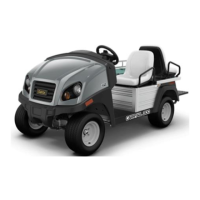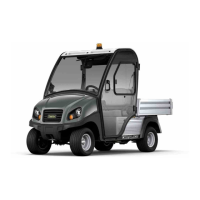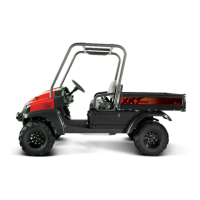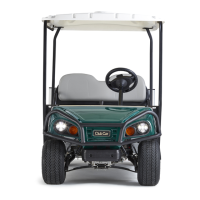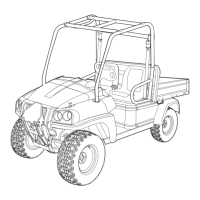How to fix jumbled characters on Club Car Carryall 300 2021 display screen?
- RRobert ScottAug 5, 2025
If the display screen shows jumbled or undecipherable characters, it could be due to a speed controller malfunction or a handset malfunction. Disconnect the CDT cord from the vehicle, wait a few seconds, and reconnect the handset to the vehicle. A loose connection at the CDT port, an intermittent handset cord failure, an intermittent handset cord adaptor failure, or loose vehicle wire harness connections could also be the cause.
